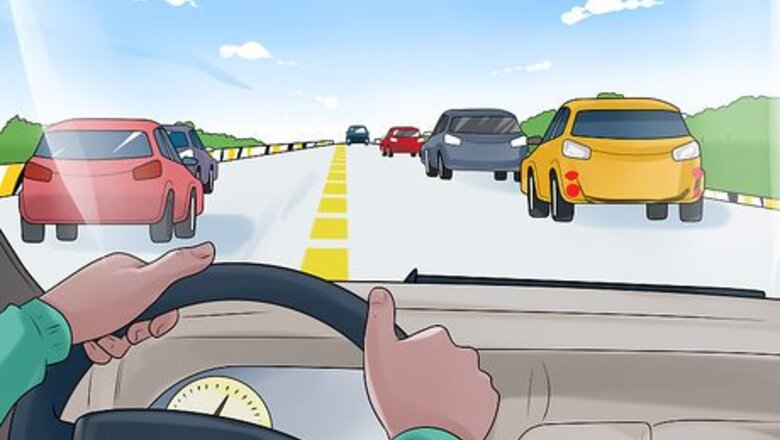
views
Picking Your Moment
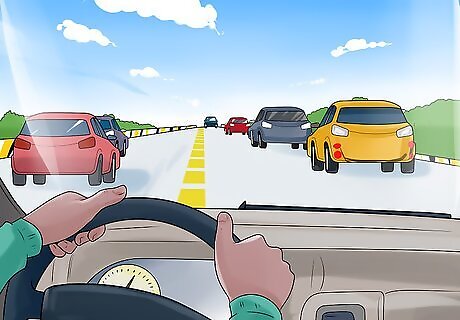
Look at traffic patterns. Pay attention to where cars are most heavily concentrated. Perhaps traffic is heaviest in one lane. Be aware of the cars around you while you are driving. This will make merging much easier and will allow you to plan your merge accordingly. Pay special attention to the lane you want to merge into. Don't leave this until the last minute or you may cause an accident because you have to rush your merging steps.
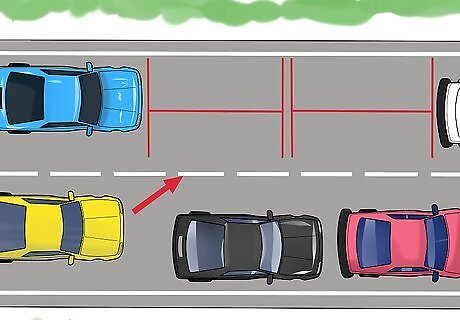
Find a gap. Check the traffic for gaps in which you can strategically merge your vehicle into. You need a gap that is at least twice the length of your car, preferably three to four car lengths if moving at high speeds. If traffic is very heavy and there aren't any adequate gaps, you may need to signal to a driver to let you over. In this case, try pointing into their lane with your finger to show that you need to get over. Only do this if you are moving very slowly. If traffic is almost stopped, you could even roll down your window and ask to be let over.
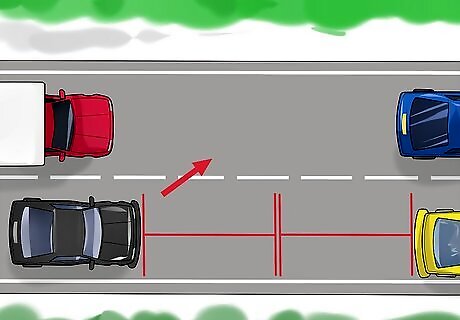
Allow adequate space between you and the car in front of you. Keep at least a two to three second gap between you and the car in front of you if possible. This is especially important when entering onto a freeway. This will allow both you and the car in front of you to merge without having to slow down. The gap will make the merge smooth for all cars so that you can alternate entering into the lane next to you.
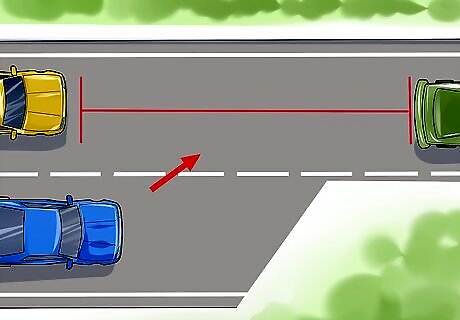
Wait to merge until your lane is about to close. When cars make use of all available lanes, this avoids congesting a single lane and will help traffic move smoothly. For example, if a lane is closing on a highway and there is a sign indicating this, many people will immediately try to move over. But this slows traffic significantly. It is better for the flow of traffic for drivers to wait and use both lanes right until the lane is about to close and then merge.
Merging
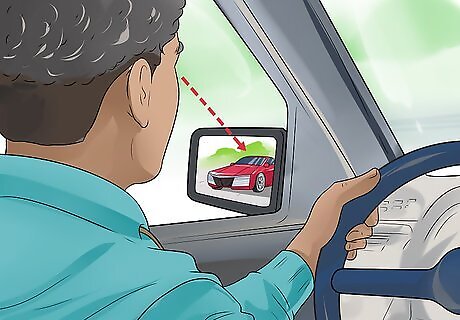
Check your mirrors. Make a habit of checking your mirror every time you change busy traffic lanes or every ten seconds when not changing lanes. This will help you to be aware of the cars around you and avoid accidents. Check the mirrors first to get an idea of what is going on behind you, and then check them right before you merge. This includes your rearview mirror and your side mirrors. Take a quick glance at each periodically to get a good view of traffic behind you.
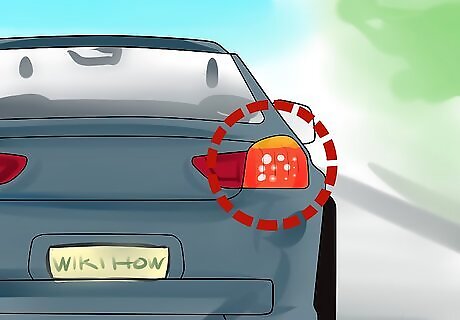
Use your turn signal. Don't forget to signal so that the drivers around you will know that you intend on changing lanes. Don't leave this until the last minute. You want the drivers to have enough time to see and react to your signal. Don't assume that the second you turn the signal on, they will notice it, and you can merge.
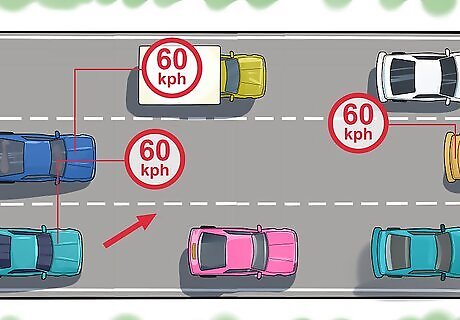
Match the other drivers' speed. Make sure you are going the same speed as the drivers in the lane you wish to enter. Speed up when necessary. You want to go with the flow of traffic. It is your responsibility as the car that will merge to match their speed. They don't need to match yours. Try to avoid slowing down unless absolutely necessary because slowing down when merging is a factor that can cause accidents. The only reason to slow down would be to match the speed of the other cars. Accelerate gradually if you are merging into heavy traffic from an access ramp, and make sure that you are at a safe distance from both the car in front and behind you. Use the acceleration lane to build your speed to match the speed of traffic.
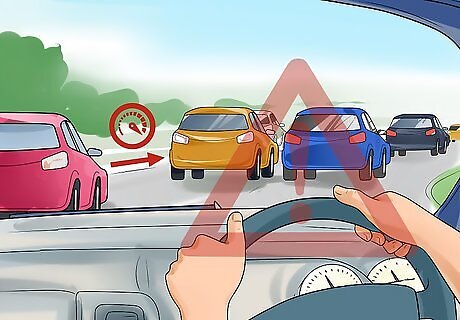
Pay attention to car “body language.” If a driver sees your turn signal on and speeds up, they probably are not looking to let you merge. If the car narrows the gap between them and the car in front of them, they probably don't want you to enter. In either case, it is better not to force it or you could cause an accident. Instead, wait until you find a car that is maintaining a gap that will allow you to merge. Some drivers might even wave their hand at you, motioning for you to enter, or flash their lights at you. This means they are inviting you to merge. You can wave politely to them when they let you over.
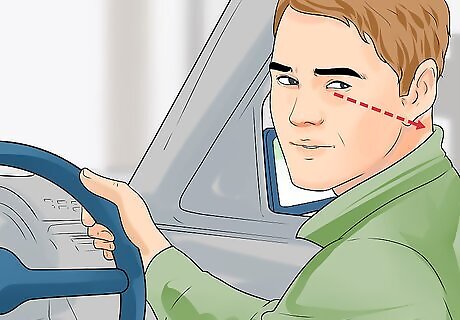
Check your blind spot. Turn your head and quickly glance at your blind spot directly behind your shoulder (on the side to which you will merge) before merging. This should be the last thing you do before changing lanes. It is important to do this because a car could be there that you weren't able to see in your mirrors. This important step will help you to avoid accidents.
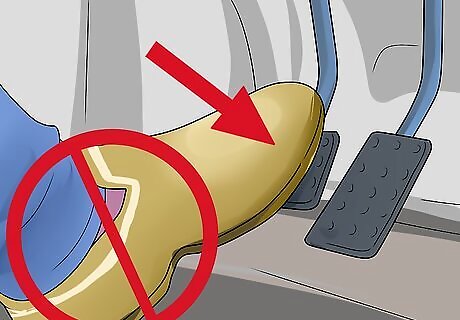
Avoid stopping or slowing down. Since merging is dangerous, a common inclination is to slow down to try to merge cautiously. But this has the opposite effect. Instead of making a merge safer, it actually makes it more dangerous. Maintain the speed of traffic at all times. Unless traffic is at a standstill, you should never need to stop in order to merge. By planning ahead of time, you should be able to avoid this.
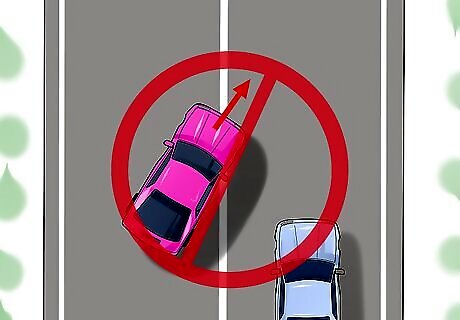
Obey traffic laws. Make sure that you can merge. Don't cross a solid white line. Make sure there is a single dashed line to show that you can change lanes. Make sure you are obeying speed limits as well.
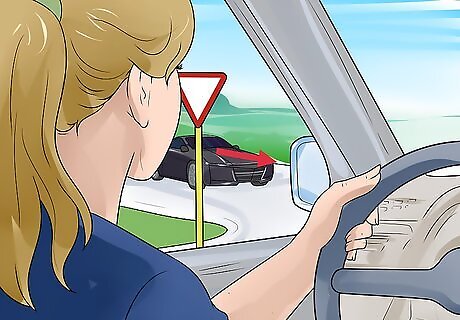
Yield to other drivers. It is the responsibility of the merger to yield to other cars, not the other way around. They have the right of way and you need to adjust to them accordingly. The onus is on you to avoid any collisions or accidents. When in doubt, don't risk it. Find a good gap to enter in.
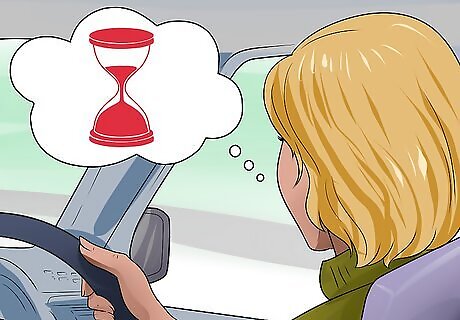
Take your time. When merging onto a highway, you often have over 15 seconds to merge. This is plenty of time and means that you don't have to rush. If there isn't a gap right away, you can adjust your speed to find one. You don't need to panic if a merge isn't able to happen immediately.
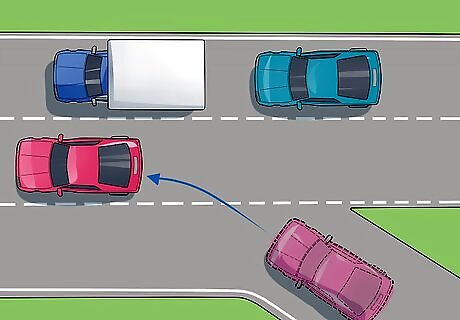
Make a smooth transition into the next lane. Ease over to the next lane once you have determined that it is safe to do so. Allow the car to merge at a relaxed pace, but don't linger. It should only take about four seconds. Do not turn the wheel abruptly to rush into a space as this may alarm other drivers, causing them to make sudden maneuvers for fear that you might hit them. You could also lose control of your vehicle if you turn too quickly. Therefore it is best to merge smoothly. If drivers have made a gap to allow you to enter, you need to begin to merge within 2-3 seconds of them letting you in or they will likely close the gap.
Driving After Merging
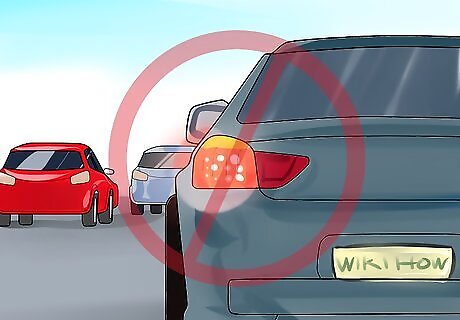
Turn off your turn signal. Remember to turn off your indicator signal once you have completed your merge. If not, the drivers around you will assume you are moving to the next lane over. Don't forget that others drivers cannot read your mind and that your signal is your communication tool.
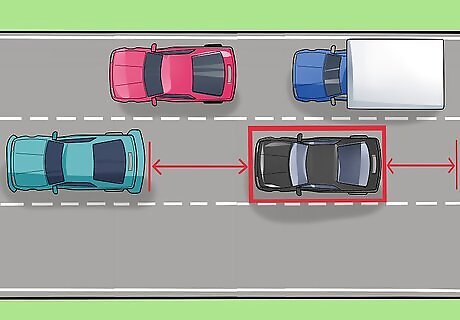
Maintain space. Once you have merged, make sure to allow space between you and the cars around you. If your merge was tight due to heavy traffic, try to slow down slightly to allow a greater space to form between you and the car ahead of you. Then resume moving at the speed of traffic.
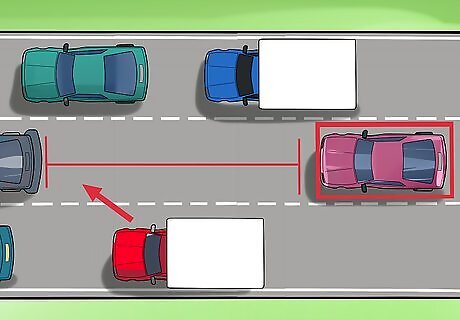
Allow other cars to merge. Once you have completed your merge, if you see another car intending to merge, let them in. It can be tempting, if you are in a hurry, to speed up and not let other cars in, but you won't save very much time and you could even cause an accident. Even if you think someone is cutting in line, it is better to just let them in. To let other cars merge, simply slow down slightly to leave a sufficient gap for them to enter in.
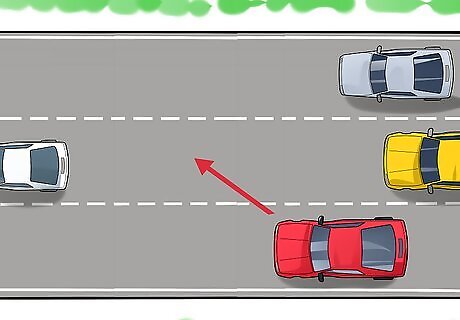
Repeat as needed. Follow these same steps if you plan on moving into another lane. Do not cross more than one lane at a time. Each merge should be completed with great care because this is the time when an accident is most likely, especially when traffic is heavy.




















Comments
0 comment